Carbenes’ evolution from laboratory curiosity to synthetic workhorse can be traced back to a couple of studies that proved persistent carbenes were attainable. Research we reported on last week perhaps resembles a similarly seminal moment for nitrenes. It describes the synthesis of an arylnitrene with a triplet ground state that remained stable for three days when stored under argon at room temperature – all thanks to support from a very bulky and rigid ligand.
Nitrenes feature a neutral nitrogen atom with only six valence electrons and, depending on the system, their two non-bonded electrons can be in either a singlet or triplet state. These electron-deficient structures crop up as highly reactive intermediates in a variety of chemical transformations, typically lasting only a few nanoseconds.
Nitrogen is essential to the function of many biologically-active molecules including natural products, drugs and agrochemicals. Most of the top-selling small molecule drugs contain at least one nitrogen. Established strategies for synthesising nitrogen-containing compounds include nucleophilic substitution, condensation, reductive amination and hydroamination but they often rely on functional group interconversion, which generates a significant amount of waste. This explains why many chemists are devoted to developing more direct and atom-economic strategies for incorporating nitrogen into organic molecules. Nitrene-transfer reactions can be used to directly construct carbon–nitrogen bonds or to insert amines into saturated and unsaturated scaffolds. However, achieving good selectivity in nitrene-transfer reactions for substrates with multiple reactive sites is an issue. Many such reactions consequently rely on substrate control.
Synthesising a relatively stable arylnitrene is therefore exciting for a couple of reasons. Firstly, many thought it couldn’t be done. And secondly, it could be used to synthesise bench-stable transition metal–nitrene complexes, which could in turn improve access to nitrene reagents and inspire new methods for adding nitrogen into complex molecules.
Complementing homogeneous catalysis, research developing engineered biocatalysts – notably cytochrome P450 mutants – that form and transfer nitrene (and carbene) intermediates is also progressing. Some of these transformations are unprecedented in both nature and synthetic chemistry.
Nitrenes clearly lag behind their carbon cousins. But given recent breakthroughs and the trajectory of carbene chemistry once it cleared various stability hurdles, we could be on the cusp of a revolution in this promising chemical subfield.





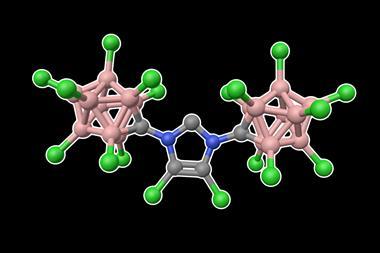
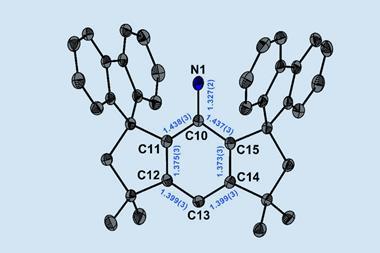
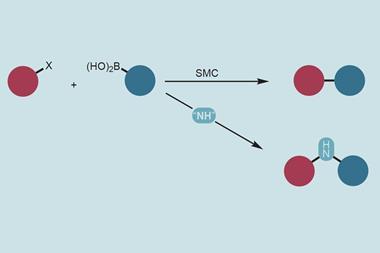
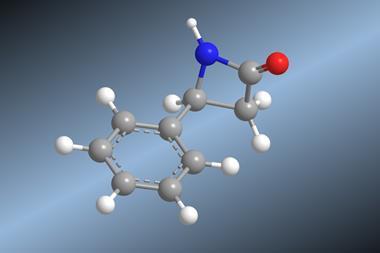
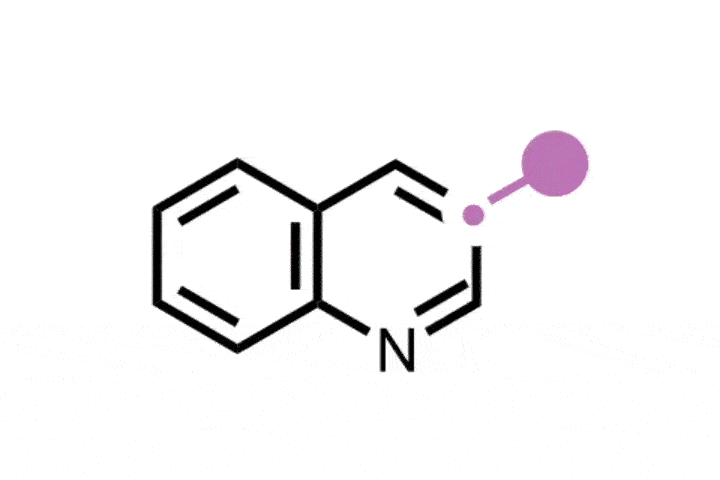







No comments yet